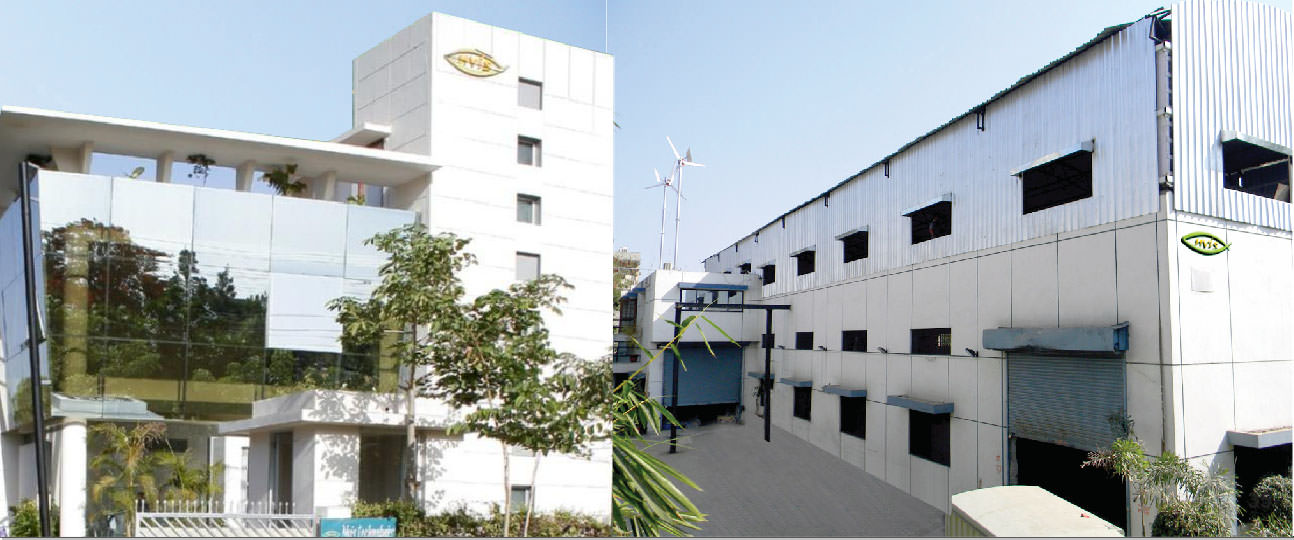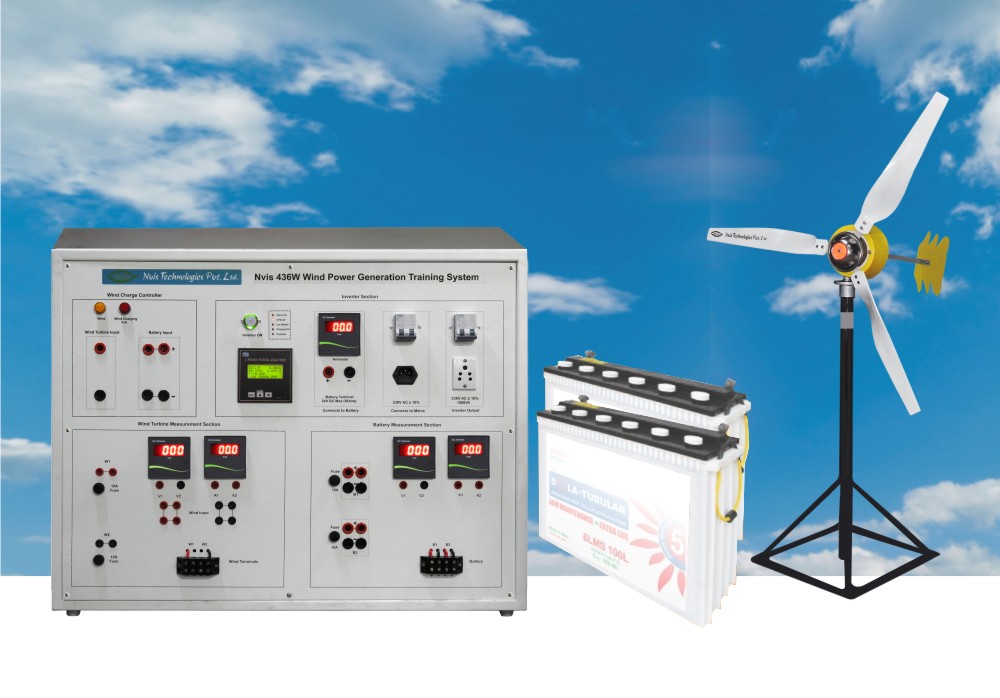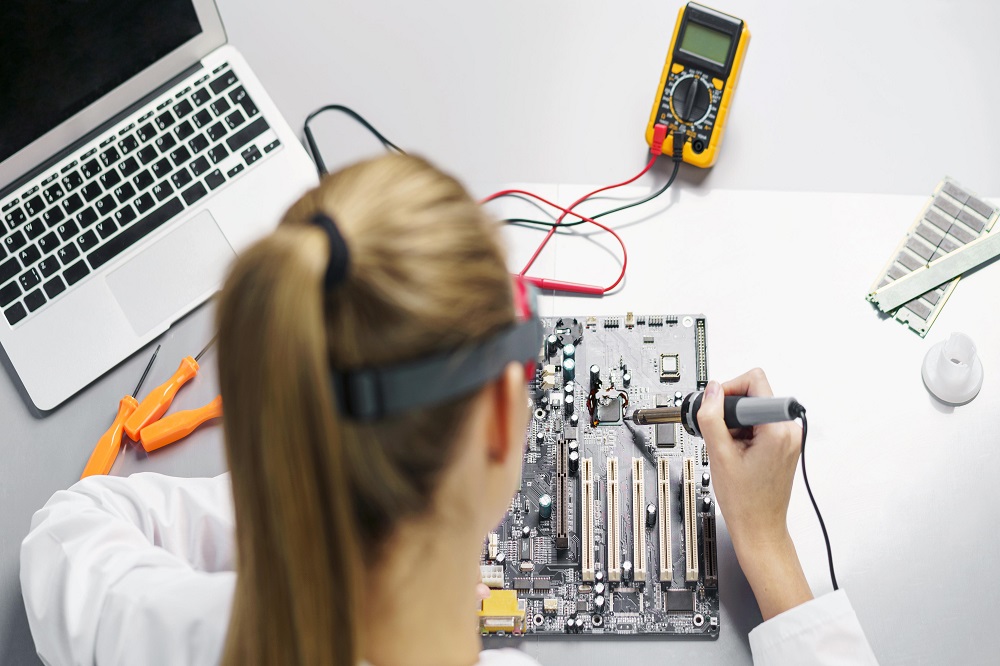The world is at a decisive moment as we make rapid strides in adopting clean energy as a part of global climate action. From powering homes and industries with solar to harnessing wind and hydro for large-scale projects, renewable energy is shaping the way nations secure a sustainable future. But as technology evolves rapidly, the real challenge is not just in generating clean power; it’s in preparing a workforce skilled enough to drive and maintain this transformation. Hence, it’s imperative to explore efficient ways of capacity building in renewable energy.
As countries set ambitious renewable energy targets, the demand for professionals trained in solar, wind, and hydro technologies continues to grow. LinkedIn’s Economic Graph – Global Green Skills Report 2023 highlights a widening gap between the pace of green job creation and the availability of workers with the right skills. For educators and training providers, this signals the urgent need to rethink how renewable energy is taught, practiced, and aligned with global industry expectations.
One of the most significant shifts in recent years has been the introduction of global training standards for renewable energy. The Global Wind Organisation (GWO) and the Global Solar Council (GSC) have developed frameworks that define the competencies, safety protocols, and technical expertise expected from professionals entering the renewable energy workforce. These standards are shaping how universities, vocational institutions, and training centers worldwide design their programs and labs.
Transforming Renewable Energy learning into practice
Traditionally, education in Renewable Energy has been heavily theory-driven. While students learn the fundamentals of solar PV, wind mechanics, or hydropower systems in classrooms, they often lack access to the hands-on, practice-oriented training environments that industry demands.
Here’s a global perspective what is expected from renewable energy education:
- Solar Energy: Beyond theory, students must engage with photovoltaic modules, inverters, and energy storage systems to develop skills in installation, diagnostics, and maintenance.
- Wind Energy: Training mandates not only technical knowledge of turbines and control systems but also rigorous safety drills that prepare learners for the risks of working at height and in dynamic environments.
- Hydro Energy: As a backbone for grid stability, hydro training must cover turbine operation, flow management, and integration with other energy sources through simulation-based modules.
These learning outcomes equip students with the knowledge and skills needed to succeed in renewable energy careers worldwide.
The role of global standards in shaping training infrastructure
The new Global Solar Training Standards emphasize a structured approach to solar PV education; covering everything from safe installation practices to emergency response. Similarly, GWO’s safety training modules for wind energy stress first aid, rescue procedures, and safe handling of equipment.
For institutions, this means labs cannot remain basic or demonstration-only. To truly prepare students, they must provide:
- Fully functional setups replicating real-world solar, wind, and hybrid systems.
- Safety infrastructure for practicing emergency protocols in controlled environments.
- Integrated monitoring and data acquisition systems for diagnostics and performance tracking.
- Hybrid energy modules combining solar, wind, and storage for training on modern grid solutions.
This alignment with international expectations strengthens the institution’s credibility and ensures students are ready for careers both nationally and internationally. To address these global challenges, practical lab-based solutions are essential; this is where Nvis Renewable Energy Labs play a critical role.
How Renewable Energy Labs bridge this gap
At Nvis Technologies, we recognize that the future of renewable energy lies in creating training environments that reflect the demands of the industry. Our Renewable Energy Lab solutions are designed to help institutions align with global standards while also addressing local training needs.
With Nvis labs, institutions can:
- Equip students with hands-on experience in solar PV, wind, and hybrid systems.
- Replicate safety practices and protocols expected by global training organizations.
- Bridge the gap between classroom learning and industry requirements, ensuring students graduate with practical skills.
- Strengthen institutional reputation by offering training programs that meet international benchmarks.
By integrating Nvis lab solutions, universities and training providers position themselves as leaders in renewable energy education, ensuring graduates are fully prepared for careers in the renewable energy sector.
The road ahead: Preparing a global-ready workforce
The renewable energy sector is one of the fastest-growing fields globally, but without a workforce trained to international standards, its growth risks being constrained. Institutions that invest in modern, compliant lab infrastructure will not only enhance student employability but also contribute to building a sustainable, skilled workforce for the future.
With the right training ecosystems in place, educators can ensure that students are not just learning about renewable energy, but learning to power it.
Is your institution ready to meet global renewable energy training standards? Explore how Nvis Renewable Energy Labs can help you build a workforce prepared for tomorrow’s clean energy challenges.









